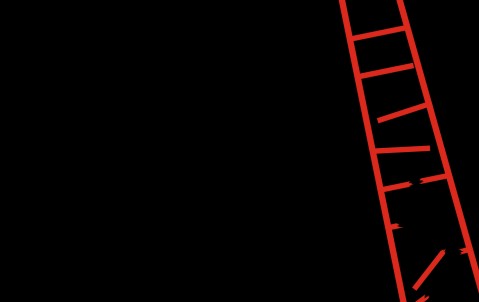Despite clearer skies ahead for airlines, their insurers are plunging deeper into heavy weather and risk being caught in a perfect storm, unless they pull out of the current pricing nosedive.
I can honestly say, in terms of exposure versus premium, this is the worst airline insurance market I’ve seen in my entire career, which spans nearly three decades, including three deep market cycles, as well as the trauma following 9/11. Y
et, the airline industry is booming. It is growing at 5-6% a year, much faster than world GDP, as passenger numbers have risen by 40% in the past five years, despite the savage global economic recession.
With the industry set to double in size over the next 10 to 15 years, airlines are re-equipping their fleets with new aircraft. The new planes set to roll off the production lines are state of the art machines made of new, lighter composite materials, which enable them to fly longer while using less fuel.
But against this backdrop of a fast-growing airline industry – and therefore increasing exposures – airline insurance rates continue to fall. Total world premium income for airlines’ hull and liability risks is about $1.3billion – around half the figure of five years ago. Rates this year continue to fall, for no obvious logical reason. I have calculated that airlines pay on average 42 cents in insurance for each passenger they carry.
Irrational behaviour
In 2013 – a run of the mill year in terms of big losses – other insurers made a loss, on average, of around 20% on airline business. We’re not half way through 2014 yet but, taking into account the losses that have already occurred and attritional claims that run at $600 million a year, we can expect that most other insurers will make a loss in the airline business this year as well.
So why are underwriters still cutting prices? There has been a rapid improvement in safety, which has helped counteract the deteriorating fundamentals in airline insurance. So, although there are many more flights each year, the number of catastrophes has halved. Y
et, despite this, the trends are all pointing in the same direction: that claims are set to grow. Exposures have jumped as more people choose to travel by air. Claims costs from crashes are rising fast, while the repair costs for these new planes are likely to be multiples of what they were in the past. One estimate I heard recently is that it might cost as much as ten times more to repair a new plane made of composite materials than it would a traditional aluminium one. Industry experts will argue that composites are stronger and less likely to incur damage, but escalating repair costs are set to remain a serious concern.
The airline insurance industry faces a perfect storm, if it carries on the way it is, in which a string of major airline crashes occur when much of the (fast reducing) premium income will already have been soaked up by higher repair bills. The inevitable result would be that the airline insurance industry is plunged heavily into the red, causing a major correction in prices that would inflict deep pain on customers.
Reaching an inflection point
But it need not be that way. If the market were to act rationally, rates would return to a realistic level, where underwriters could make modest profits without clients being left feeling too hard done by. But for that to happen underwriters need to get out of the state of denial about the bad shape their business is in.
To do that, they need to make the tough decision to either reduce their line sizes or walk away from chronically underpriced business. They also need to be honest with their managers about the true state of the market.
Their managers, in turn, need to rise to the challenge and make clear it to their underwriters that they are happy for them to reduce their books of business and sit on their hands, if necessary, until sanity slowly returns. An indication that this might be starting to occur is that capacity is beginning to withdraw from the market.
A bright future
This business needs a sustainable level of premium income to provide a solid economic base on which to innovate. The airlines have been crying out for new products with which to manage their emerging risks, such as cyber, grounding and other business interruption covers. But there’s been very little investment in new ideas because the business keeps losing money. It isn’t just financial capital that this market has been losing; its intellectual capital has drained away too. Some of our brightest and best brokers and underwriters have already left.
Airline insurance should have a bright future. The airline industry is one of the fastest-growing sectors in the global economy with complex, new exposures that require innovative solutions from risk carriers and brokers. But, first, insurers must survive the current turbulent market conditions. To be able to do that, they need to be patient, innovative and to ignore the herd instinct. Most of all, underwriters must step back, be objective, select the best clients and trust their management to support them when trimming their portfolios. This approach will ultimately create a more stable and sustainable airline insurance industry.




